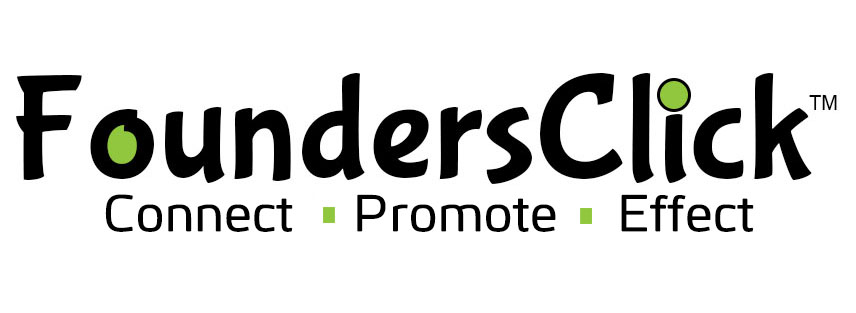In the dynamic landscape of the modern work environment, freelancing has emerged as a powerful and flexible career option. Whether you're looking to escape the traditional 9-to-5 routine or seeking additional income streams, freelancing could be the key to unlocking your professional potential. This guide aims to provide a comprehensive roadmap for those who are considering taking the plunge into the world of freelancing.
Step 1: Identify Your Skills and Passion
The first crucial step in starting a freelancing career is identifying your skills and passion. Assess what you excel at and enjoy doing, as this will be the foundation of your freelance business. Are you a skilled writer, graphic designer, programmer, or social media expert? Knowing your strengths will help you determine the services you can offer to potential clients.
Step 2: Build an Online Presence
In the digital age, having a strong online presence is essential for freelancers. Create a professional website or portfolio that showcases your skills, experience, and previous work. Use platforms like LinkedIn, Behance, or GitHub to highlight your expertise and connect with potential clients. A well-crafted online presence can act as a powerful marketing tool to attract clients and establish your credibility.
Step 3: Set Clear Goals and Define Your Niche
Freelancing offers a diverse range of opportunities, so it's essential to set clear goals and define your niche. Whether you specialize in web development, content writing, graphic design, or any other field, having a focused niche will help you stand out in a crowded market. Define your target audience and tailor your services to meet their specific needs.
Step 4: Determine Your Pricing Strategy
Establishing a fair and competitive pricing strategy is crucial for freelancers. Research industry standards and evaluate your skills and experience to determine your rates. Consider offering different packages or hourly rates based on the complexity and scope of the project. Transparency in pricing will help you build trust with clients and ensure fair compensation for your services.
Step 5: Create a Solid Portfolio
A compelling portfolio is your best marketing tool as a freelancer. Showcase your best work, highlight client testimonials, and demonstrate the value you bring to the table. Regularly update your portfolio with new projects and achievements to reflect your evolving skills and expertise. A visually appealing and well-organized portfolio can significantly impact potential clients' decision-making process.
Step 6: Leverage Freelance Platforms
Joining freelance platforms such as Upwork, Fiverr, or Freelancer can be a great way to kickstart your freelancing journey. These platforms connect freelancers with clients seeking specific skills, providing a steady stream of potential opportunities. Create a detailed profile, complete with a professional bio, portfolio links, and relevant skills to enhance your visibility and attract clients.
Step 7: Network and Collaborate
Building a strong professional network is vital for freelancers. Attend industry events, join online forums, and connect with other freelancers to exchange ideas and insights. Networking can lead to collaborations, referrals, and valuable partnerships, expanding your reach within your chosen niche.Starting a freelancing career is an exciting venture that allows you to take control of your professional journey. By identifying your skills, building a robust online presence, and leveraging various platforms, you can pave the way for a successful freelancing career. Remember to continuously refine your skills, stay updated on industry trends, and provide exceptional service to clients to thrive in the competitive world of freelancing. With dedication and perseverance, you can turn your freelancing dreams into a fulfilling and sustainable reality.

 SkillClick
SkillClick
